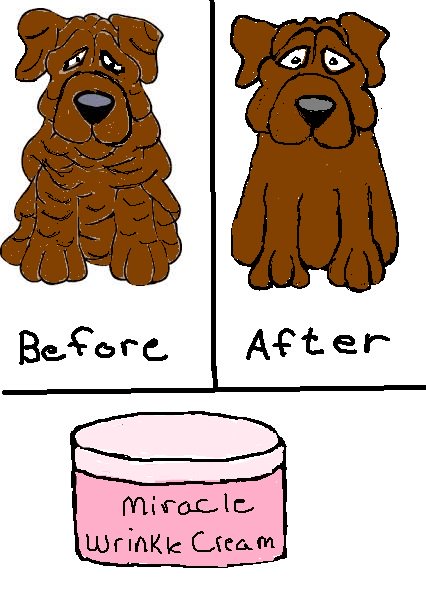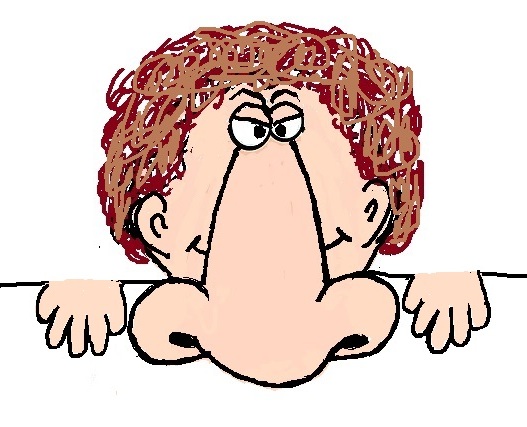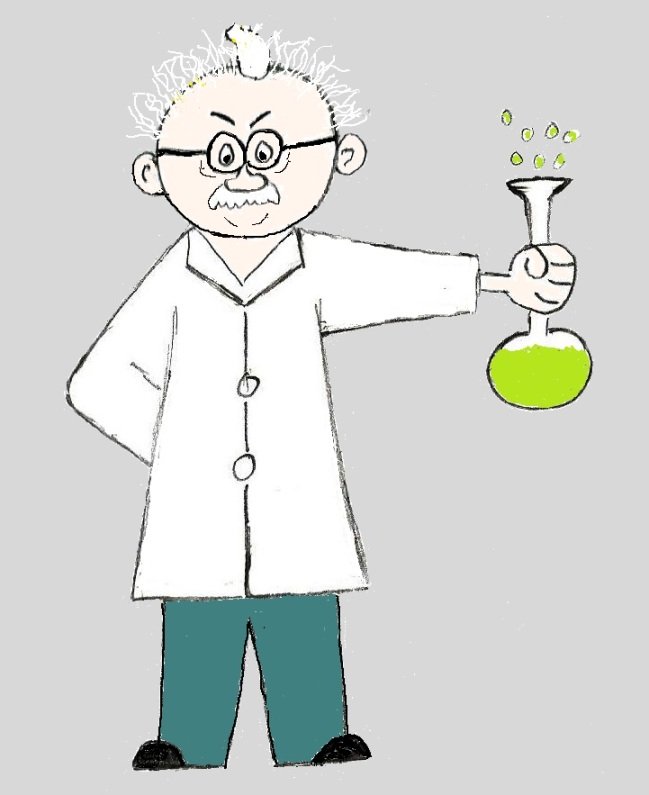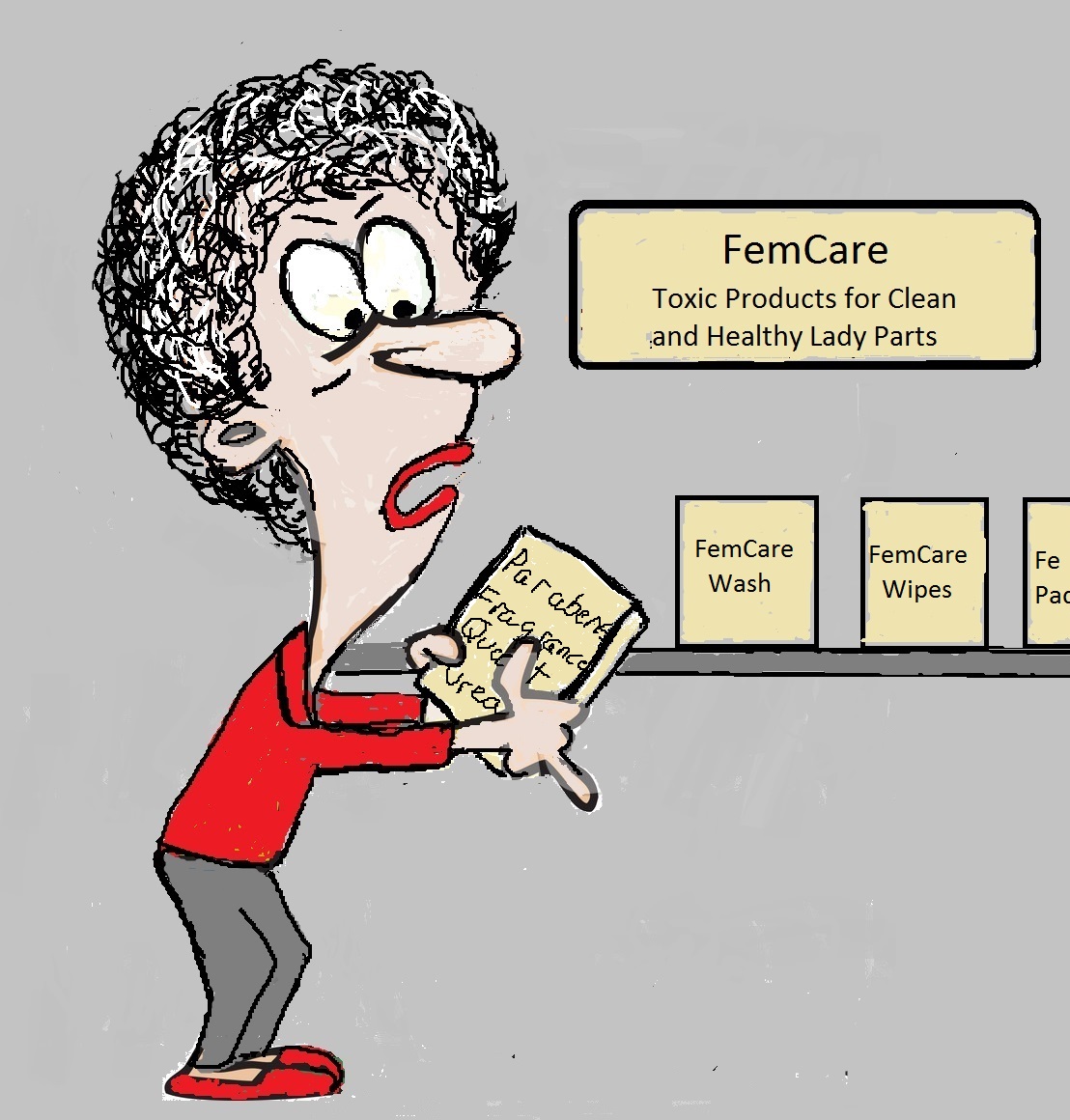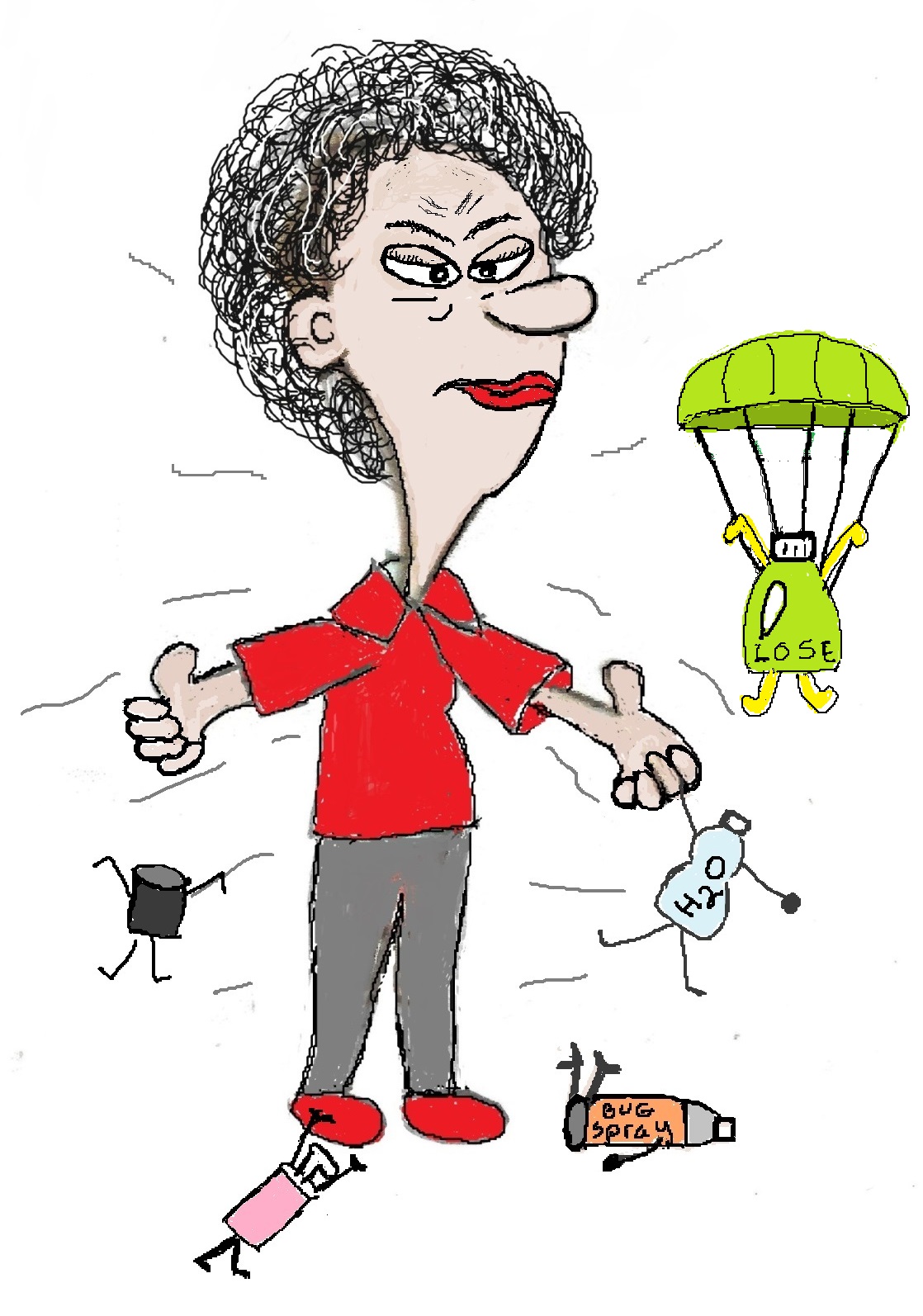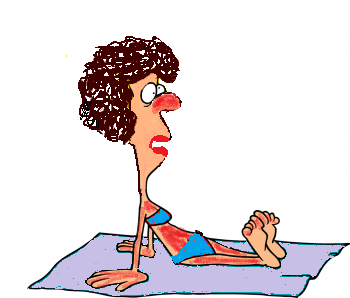- Home
- Toxic Chemicals in Personal Care
- Wrinkle Cream
Toxic Chemicals in Wrinkle Cream
Are you still looking for that miracle wrinkle cream that will actually work? Then why not try a natural anti aging approach to younger looking skin. The only thing you have to lose is exposure to A LOT of harmful toxins.
I wasn’t sure about writing this article because let’s face it, wrinkles are a touchy subject. They are for me. While I have embraced my gray hair and most days feel younger than I am, when I look in the mirror I don’t recognize the face staring back at me.
And, while I only use natural and homemade anti aging creams, if I found something more toxic that actually worked, I would be tempted to use it. If you’re one of the lucky few that have found such a product, then you really don’t need to read this article.
HOWEVER, if you’re still searching for that miracle in a jar that will erase wrinkles, consider these very good reasons for using less toxic options.
1. There Are A Lot of Chemicals in Wrinkle Cream
Apparently, it is no easy task to make your wrinkles disappear because there are A LOT of ingredients in wrinkle creams. I added up the number of ingredients in two dozen different creams and found that on average, there are 37 chemicals in those little tiny jars. And that’s not counting the unlisted fragrance ingredients.
And since one of the ways toxins enter your body is through your skin, what you put on it really matters. Lots of chemicals in just one product means multiple exposures and the additive effect are likely.
Multiple Exposures
Some chemicals are used in many different skin care products. With so many chemicals in anti aging creams, the chances are pretty good that other products you use will contain some of the same chemicals. That means you’ll be exposed to the same chemicals many times every day.
And while the amount of each chemical in a single product may be small, daily multiple exposures can add up to levels that are above safe limits.
Additive Effect
Besides being exposed to the same toxins in multiple products, the high number of ingredients in wrinkle creams means you’re exposed to several types of similar chemicals in that one tiny little jar, creating an additive effect.
What that means is, in something like wrinkle cream, you’ll find several different endocrine disruptors, carcinogens and allergens. Preservatives like parabens are a great example of this effect.
For example, in Oil of Olay anti aging creams there are from 3-5 different types of parabens. These can act on your body in similar ways, magnifying the health risks.
2. There Are Toxic Chemicals In Wrinkle Creams
Not
only are there lots of chemicals in wrinkle creams, there are lots of toxic
chemicals. These include many different preservatives that are endocrine disruptors and formaldehyde releasers, unsafe forms of Vitamin A and even Teflon!
Preservatives
Preservatives definitely have a toxic reputation, And most anti-aging products contain not just one but several different types. Many of the preservatives commonly used in wrinkle cream can mess with your hormones and release formaldehyde.
Endocrine Disrupting Preservatives
|
Parabens |
Parabens commonly used in anti aging and other skin care products include ethylparaben, methylparaben, propylparaben, isopropylparaben, butylparaben,isobutylparaben. There are usually several types of parabens found in each jar of cream. And although some are more toxic, like propylparaben, they all can disrupt your endocrine system and some are possible carcinogens. |
|
BHT |
BHT (Butylated hydroxytoluene) is also commonly used as a preservative along with parabens in wrinkle cream and other personal care products. And it is a possible carcinogen and endocrine disrupter. |
Preservatives That Release Formaldehyde
Formaldehyde is a known carcinogen. This carcinogen ends up in your face creams because some preservatives release it. In fact there are 42 formaldehyde-releasing preservatives used in products.
The three common ones found in wrinkle creams are diazolidinyl urea, imidazolidinyl urea, and DMDM hydantoin. These preservatives release formaldehyde into your little jar of wrinkle cream as it sits innocently on your shelf.
The amount of formaldehyde that preservatives release into your wrinkle cream depends on the type of preservative -diazolidinyl
urea releases the most formaldehyde of any preservative. Also, the amount of formaldehyde released increases the longer products are stored and the higher the temperature that they're stored at.
(Ureas are also known
human allergens).
Products With Retinol
Many anti-aging products contain derivatives of retinol (also known as vitamin A). Some of the forms of retinol, like retinoic acid, retinol linoleate and retinyl palmitate, when used in cosmetics, can be harmful to your health.
A 2012 report by the National Toxicology Program of the US National Institutes of Health published a report, which examined the photocarcinogenic effects of retinoic acid and retinyl palmitate. The researchers found that retinoic acid and retinyl palmitate, in combination with sunlight, may increase skin cancer risk.
Other forms of retinol to avoid are retinyl acetate and tretinoin.
“ When exposed to UV light, retinol compounds break down and produce toxic free radicals that can damage DNA and cause gene mutations, a precursor to cancer. Recently available data from an FDA study indicate that retinyl palmitate, when applied to the skin in the presence of sunlight, may speed the development of skin tumors and lesions.” (Environmental Working Group).
Products With PTFE
There are also some scary chemicals that show up occasionally in face creams and serums. Oil of Olay Age Defying Anti-Wrinkle Eye Cream contains PTFE (perfluorooctanoic acid). Guess what? That’s Teflon! Used to make things nonstick. What’s it doing in something you put on your face?
There are also toxins linked with endocrine disruption, cancer, allergies etc. that aren’t listed on the labels. They end up in wrinkle cream from chemical reactions during the manufacture of the products and as the chemicals break down over time.
3. There Are Mystery Toxins Lurking In Anti Aging Creams
Chemicals in lotions and potions can interact with each other in dangerous ways, creating more toxins that don’t show up on the ingredient list. With wrinkle cream there’s lots of chemicals, so lots of chances for interactions.
Besides formaldehyde, the unknowns in your miracle jar include toxic contaminants that end up in creams and serums from making and storing these products and the chemicals that make up a synthetic fragrance.
Contaminants
Three common contaminants in wrinkle creams and other skin care products include nitrosamines 1,4-Dioxane and Phthalates.
Nitrosamines, a known carcinogen is the same toxin found in processed meat and is linked to several types of cancers. They end up in your lotions and potions when chemicals, like diethanolamine (DEA) or triethanolamine (TEA) (used to adjust the pH level), break down into nitrates. After breaking down they can recombine into nitrosamines.
According to the Campaign for Safe Cosmetics
“ingredients with “amine” in the name (which indicates amino acids, or building blocks of proteins) can indicate the potential for nitrosamine contamination. Nitrosamines can form in nearly every kind of personal care product, including mascara, concealer, conditioner, baby shampoo, pain-relief salve and sunless tanning lotion.”
1,4-Dioxane, also thought to cause cancer, ends up in your wrinkle creams from a processing method called
ethoxylation used to reduce the risk of skin irritation for petroleum-based
ingredients. The Agency for Toxic
Substances and Disease Registry (ATSDR) has found that many products on the
market today contain 1,4-dioxane, and some body care products may contain 1,4-dioxane
at levels higher than recommended by FDA,
So ingredients that start with PEG, POLYSORBATE and Polyethylene are petroleum-based, go through the ethoxylation process and introduce this contaminant into your products.
Phthalates, notorious for their endocrine disrupting abilities, end up in your wrinkle creams because they are used as a carrier for
synthetic fragrances. So pretty much all synthetic fragrances contain
phthalates.
Fragrance
There are an estimated 4,000 plus separate ingredients that can make up a fragrance. These don’t have to be listed on the label. Some fragrance ingredients are linked to allergies, asthma, and endocrine disruption. Two commonly used fragrance ingredients are Limonene and Lilial.
Limonene is a fragrance ingredient and solvent naturally occuring in the rind of citrus fruit. During storage and exposure to sunlight and air, limonene degrades to various compounds that act as skin and respiratory irritants and sensitizers.
Lilial is a synthetic fragrance ingredient. It’s an allergen and may be an endocrine disruptor.
For more info on fragrance chemicals check out How Many Chemicals Does It Take To Make An Ocean Breeze.

The Solution - Make Homemade Anti Aging Cream
There are some less toxic wrinkle creams and serums that you can buy. For example, on EWG's Skin Deep database Naturopathica products and Weleda Pomegranate Firming Eye Cream are ranked as safer alternatives.
But making homemade anti aging lotions and potions is fun and easy. Especially if you keep it simple. Plus, it;s a lot cheaper to make your own.
I rarely follow a recipe when I'm cooking. I usually just wing it. (Of course sometimes my concoctions turn out pretty awful). I do the same thing with some kinds of homemade skin care products.
And the easiest homemade anti aging product to experiment with is wrinkle serum. You know your skin better than anyone so just do a little research on the different carier oils and their benefits and mix a few together. You'll find a list of carrier oils with some basic info to get you started here.
You may already know this but there is a difference between carrier oils and essential oils.
Carrier oils are safe to use straight out of the bottle. Essential oils are very concentrated forms and with few exceptions must be diluted in carrier oils.
I mostly use carrier oils but there are many essential oils that are good for mature skin. Rosemary EO and Rose Geranium are ones that I have used. I would suggest investing in a good book that covers both types of oils like The Aromatherapy Encyclopedia: A Concise Guide to Over 395 Plant Oils
For my "mature" skin my favorite is Organic Rosehip oil straight out of the bottle or mixed with liquid Coconut oil. I love everything rose for my skin. I use Organic Rosewater as a toner.
Other carrier oils that are good in anti aging serums include Argan oil (high in fatty acids) and Pomegranate Seed oil (high in antioxidants).
Just buy small quantities and experiment with different mixtures until you find one you like.
Most synthetic wrinkle creams and serums are full of chemicals that can mess with your hormones, cause cancer and interact in scary ways. Since they rarely work like they say they will anyway, why use products that provide little benefit but risk your health? Instead, give natural nontoxic options a try.
